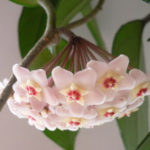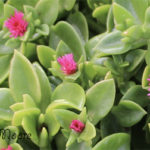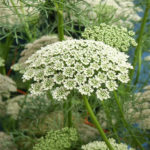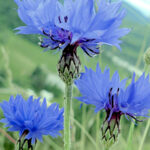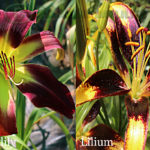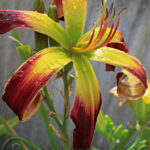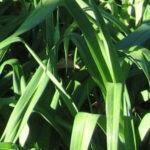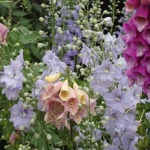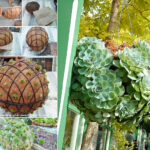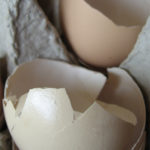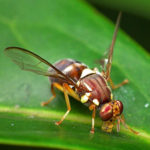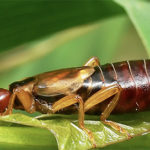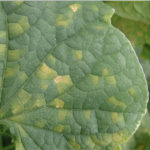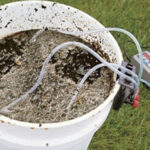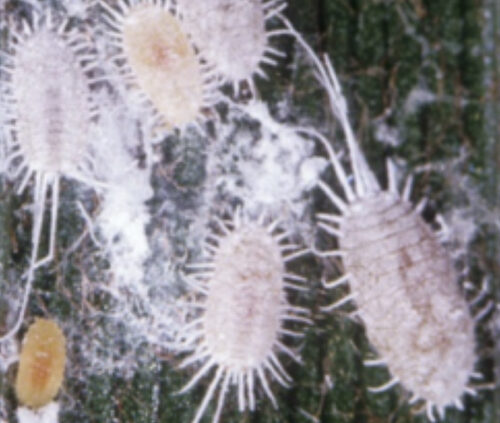
Get Rid Of Mealybugs Organic Control
Mealybugs – All About Mealybugs.
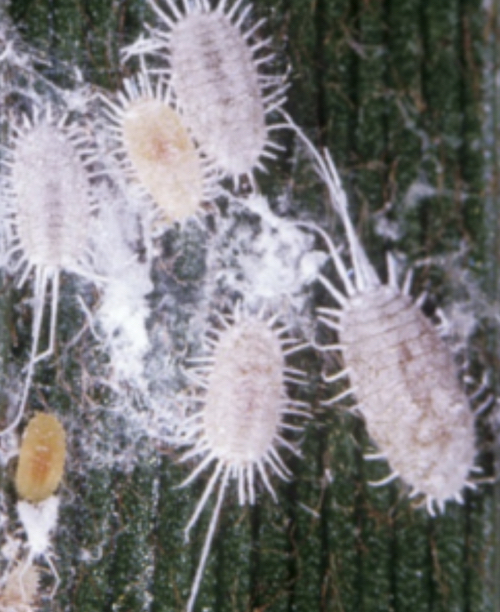 Mealybugs are soft bodied white coloured insects belonging to mptoms of Mealybugs . These insect pests are about 4mm in size and the female bugs feeds on plant juices. They especially like the sap of citrus plants, ferns, orchids and other ornamental plants, greenhouse plants and trees. They thrive well in warm and humid weather conditions. The white powdery wax like coating gives white colour. They form clusters on the underside of leaves and stems.
Mealybugs are soft bodied white coloured insects belonging to mptoms of Mealybugs . These insect pests are about 4mm in size and the female bugs feeds on plant juices. They especially like the sap of citrus plants, ferns, orchids and other ornamental plants, greenhouse plants and trees. They thrive well in warm and humid weather conditions. The white powdery wax like coating gives white colour. They form clusters on the underside of leaves and stems.
Habit
As mealybug’s feeds on plant juices, they will infest different parts of the host plant. They will insert the piercing mouthparts into the leaves and stems and sucks up the plant juices. They excrete a sticky juice called honeydew, which attracts the ants to the plant. The perfect breeding conditions include mild temperature and high humidity. The eggs hatch within 2-3 weeks of laying.
Mealybugs are soft bodied white coloured insects belonging to mptoms of Mealybugs
The symptoms of infestation are not visible when the pest level is low. When present in higher numbers the leaves of the host plant will turn yellow and start curling. The plant will become weak and the toxic saliva of the bugs can damage the plant seriously. The honey dew exuded from the body of mealy bugs promotes mould growth.
Life Cycle of Mealybugs
Adult female mealy bugs lay 300-600 eggs on the underside of the leaves. The egg laying occurs for about 2 weeks and the female dies soon after the eggs are laid. Yellow nymphs come out within 2-3 weeks and are very active and migrate to different areas of the plant. The female nymphs pass through three instars or stages to become the adult. The life cycle will be completed within one month. The male nymphs have five instars in their life cycle and stops feeding after the first two stages. They exist only to fertilise the female bugs.
How to Control and Get Rid of Mealybugs?
If you suspect mealy bug infestation on your plants, the control measures taken should be based on the severity of infection and the location of the plants in your garden. Some of the important control measures are listed here:
- Avoid excessive watering and over fertilising the plants- mealy bugs prefer plants with soft stem and high nitrogen content.
- If the infestation is light prune the affected stems or dab alcohol or methylated spirit on the insects. This will burn the insects and will keep the plant safe.
- Introduce natural predators of mealy bugs such as ladybugs or mealy bug destroyer or lacewing if the infestation is on many plants in large areas.
- Insecticidal soap is an effective way to control mealybugs. Target the underside of the leaves while applying insecticidal soap.
- Spraying the leaves daily with water can remove the insects perched on the plant.
- Prevent the ants, the symbiotic partner of mealy bugs from coming to the plant by using ant repellents. The ants protect the bugs from their predators and help them to spread to other plants.
- Spraying the plants with a mixture of garlic and soap can also help in preventing the attack.
- Make your own white oil to combat the pests
Mealybugs can be hard to detect and can come out of hiding within the plant months later after you have purchased the plant from the shops. This has happened to me and this is why you should always have a quarantine area set up to put new plants in for their first six months before planting them in your home garden. Remember ants around your plants can be a true tell tale for mealy bugs.
If mealy bug are present in intolerable levels, treat mealy bugs with a product that has an active constituent of imidacloprid this can be “Confidor” concentrate liquid form – one spray and the mealy bugs and eggs will be gone! First, shake the container then dilute the concentrated white liquid to exactly what is recommended on the directions of the container to make a foliar spray.
Keep out of reach of children and be sure to read the safety directions before use.
Make sure that the plants you purchase from nurseries are free of bugs.


